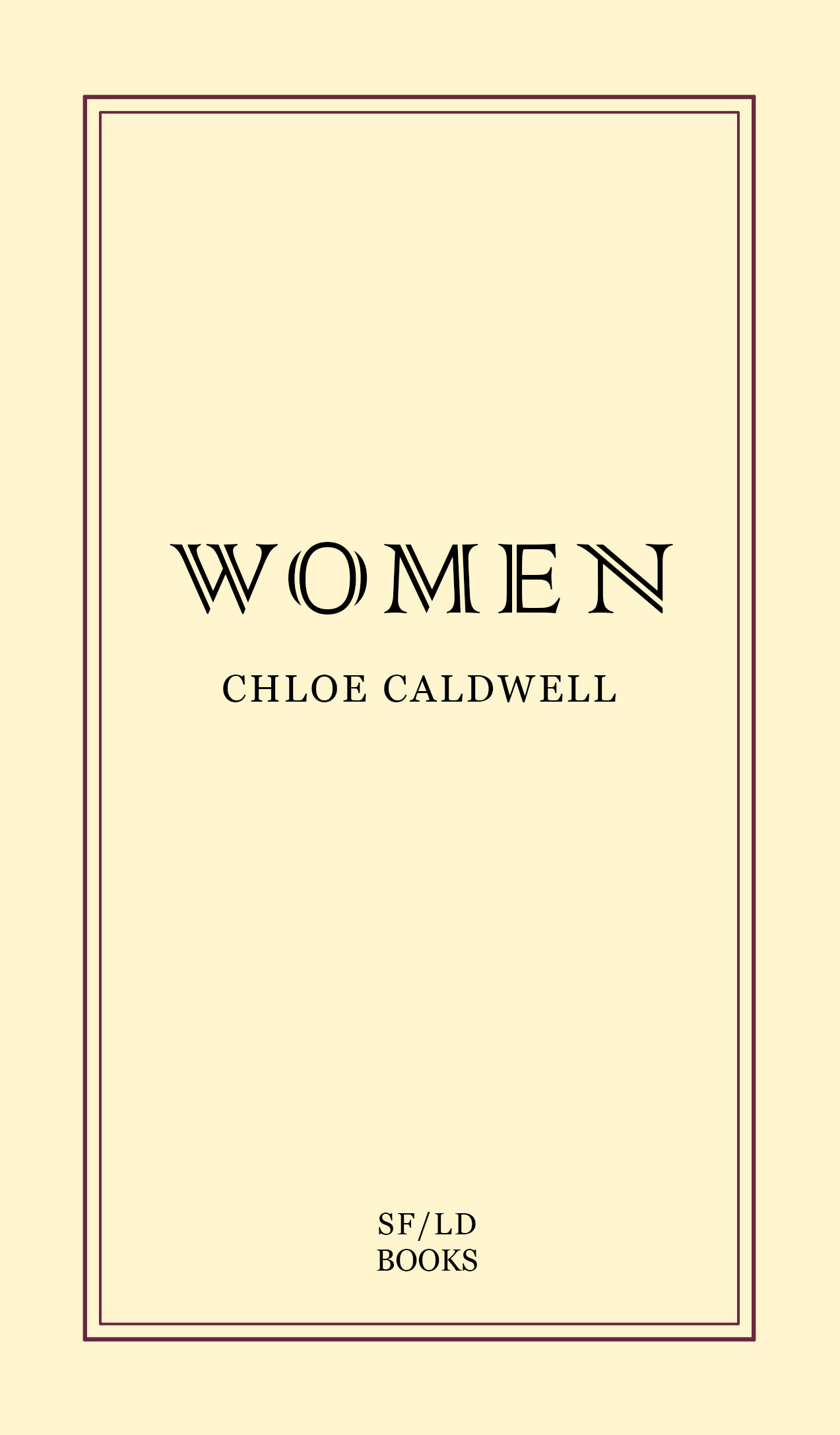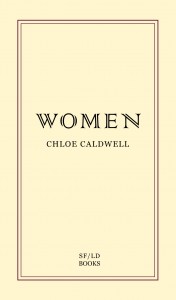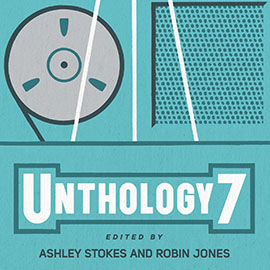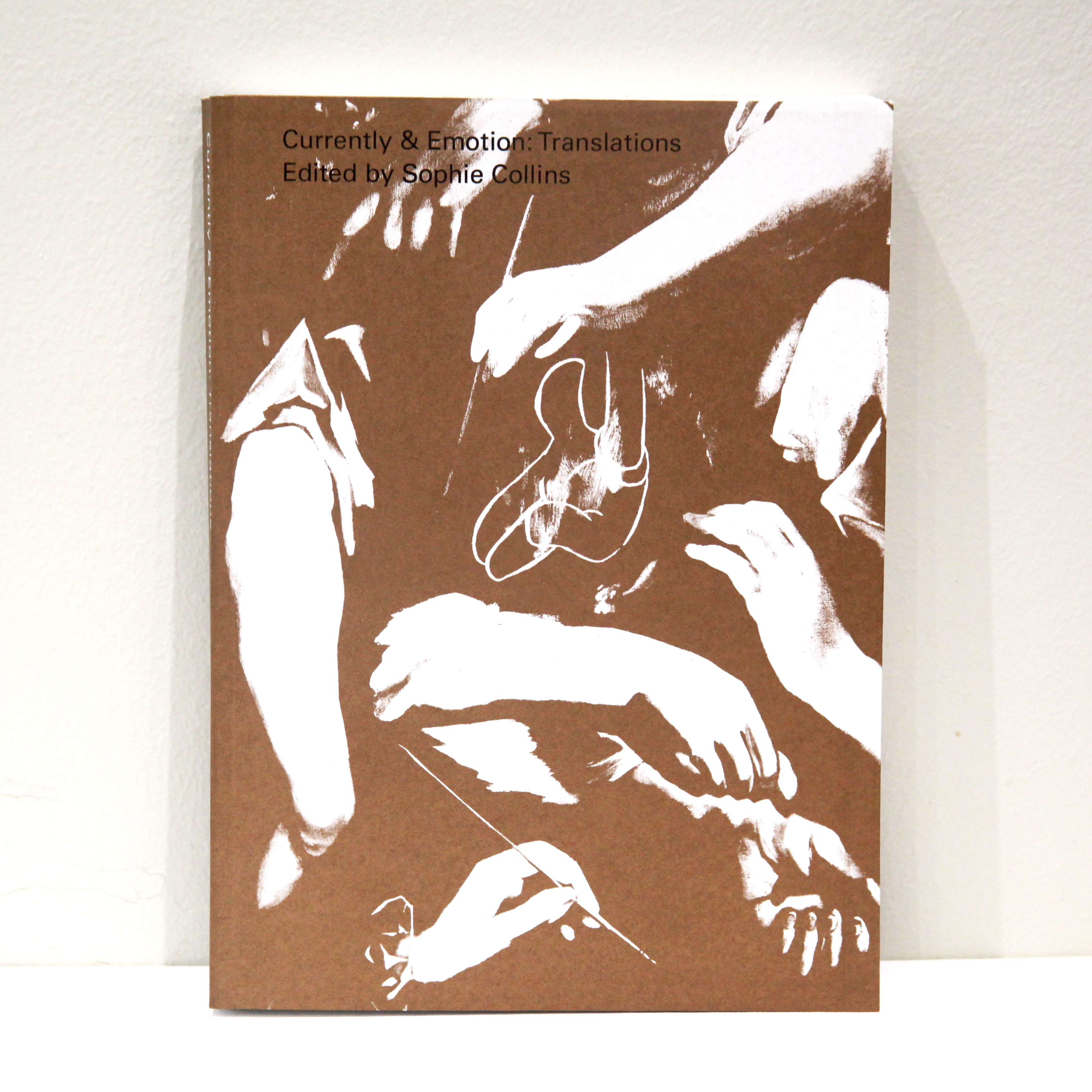Women by Chloe Caldwell
-Reviewed by Sarah Gonnet–
In her novella, Women, Chloe Caldwell discusses love and obsession on a common enough level that it can be understood by anyone. We all know the markings of sexual relationships that she describes; the longing and divided tensions just as much as the united front against the world. Yet despite all this Caldwell’s narrator has a highly unusual relationship- one that is ripped apart by her severe personality traits.
The novella opens with a line from Anne Carson ‘Girls are cruellest to themselves’ and this adequately sums up the whole of the text. Women can be seen as a bitter mess of female in-fighting from start to finish. Yet Caldwell’s skill is the way that she finds the beauty in it all.
The narrator (possibly Caldwell herself) is a woman surrounded by other women (except her transgender best friend); and this is a position that she manages to feel both comfortable and on edge about simultaneously. Her blossoming lesbianism that spans most of the novella is foreshadowed early on by anecdotes about a romantic couple she knew as neighbours whilst a child. And although she is mostly an unwilling narrator (‘sometimes I wonder what I could tell you about for my job to be done’) anecdotes such as these fall out into the plot regularly- their level of significance barely matters as the entire narration is overwhelmed with carefully phrased originality (for example the line: ‘Isn’t it sad to talk about ex-lovers as if they were dead’).
Just as original is the layout of the book. There are no chapters and frequently only one paragraph occupies an entire page. These fragmentary pieces of text are reminiscent of some of Shakespeare’s very short scenes, which are more flashes of action than fleshed out mini-stories.
However, excepting Caldwell’s unique style, the plot of Women is very similar to that of the film Blue is the Warmest Colour and the atmosphere created by the writing is also similar. Other common ground can be found in the in-detail sex scenes and fashion conscious obsessions of most of the characters. This isn’t necessarily a bad thing – there certainly need to be more lesbian love stories around; and it is also true that Caldwell’s characters are highly individual. Finn especially has a wild mind of her own; and the narrator questions her own sanity at various points, which adds another layer to her personality and insight.
Amongst the romance and eroticism the novella’s narrator describes the readings and publication anecdotes of being a professional writer (albeit one that also works in a library). The narrator’s creativity bubbles all the way through her remarkable ability to love intensely; as she sees Finn as some kind of character to conquer, obsess over and know everything about. The narrator wants us to feel like this about ‘I worry that if I cannot make you fall in love with her inexplicably, inextricably and immediately, the way I did, then you will not be experiencing this book the way I hope you will’.
Caldwell is an impressive writer who consumes the nuances of reality and then channels them into a beautifully crafted narrating voice. As a result Women is an aesthetically pleasurable erotic mess.






